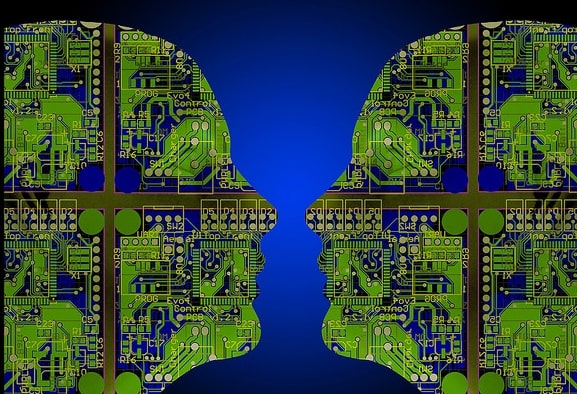Could Artificial Intelligence(AI) one day help engineers develop materials that are stronger, lighter and more resilient than what is in use today? Quite possibly — and that could make the work of materials engineers more efficient, and reduce time to market. Incorporating AI and Machine Learning(ML) into the materials engineering workflow could be a distinct advantage. Currently, discovering new materials is extremely time-consuming and costly. However, by using AI and robotics, engineers could dramatically accelerate the development of new materials, cutting the average time down to only one or two years from 20.
Having the right materials is critical in engineering, not only to create a device in the first place but to then improve upon it. To make a more efficient lithium-ion battery, for example, engineers need to develop improved electrolytes. Right now, that is largely done by trial and error — finding the best combination of materials is labor-intensive. By integrating robotic machinery with AI, the pace of materials discovery would accelerate, allowing engineers to use an “inverse design” method, in which they can search for materials with specific characteristics. The result is a much quicker and more efficient process.
For example, a researcher may have a list of materials that are known superconductors, but not a reliable method for determining what will be a satisfactory superconductor. AI and ML can help develop that type of framework. Scientists are attempting to determine how AI and ML can best assist materials engineers in their work.
Roughly a year ago, researchers at the Massachusetts Institute of Technology, the University of Massachusetts at Amherst and the University of California at Berkeley began to work on a new AI system that would pore through research papers to deduce “recipes” for producing particular materials. They aim to develop a database that contains materials recipes extracted from millions of papers. Scientists and engineers could enter the name of a target material and any other criteria — precursor materials, reaction conditions, fabrication processes — and pull up suggested recipes.
Other scientists have developed an AI solution that can analyze a research paper, recognize the paragraphs containing materials recipes and group the words in those paragraphs by the names of target materials, numeric quantities and names of pieces of equipment. That data can be further analyzed to infer general materials’ characteristics and determine the different — or similar — physical forms they will take when fabrication conditions differ.
Materials engineers develop composite materials, as well as study the atomic structure of materials, in an effort to find and develop new applications. While today the process of identifying better materials for technology and devices can be an arduous process, in the near future, machine learning will accelerate the process, potentially allowing engineers to create more efficient, longer lasting and less costly materials.
By Jennifer D. Bosavage
Article Sponsored by Digi-Key Electronics







